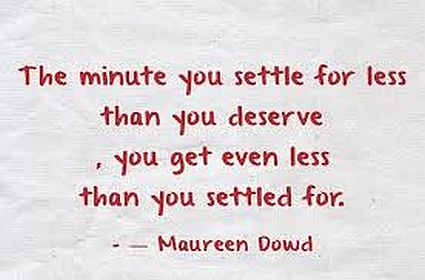I read a fascinating article about the response rates for a variety of outbound email prospecting techniques. The author, with a client, had tested 8 techniques to pitch their solutions. The response rates were anywhere between 0.29% and 1.25%. The sample sizes was 200K, which is significant.
The argument the author was making was the technique that produced 1.25% was the best approach (which aligned with what they sold). It was roughly 4 times better than the lowest performing technique and 2-3 times better than the others.
The logic behind this was sound, the author had produced a technique that outperformed all others, so the recommendation made sense.
What troubled me was the view that these levels of response rates were acceptable. Even the best technique got only 1.25% response rate. But in what world do we consider that acceptable? Even though it’s 2-4 times better than other approaches, why do we consider that an acceptable response rate? Why aren’t we challenging ourselves to figure out what it takes to get 5% or more?
It’s like so much other data we see. Win rates at around 15%. Average deal value declining, sales cycles extending, percent of people achieving goal at 40% and declining, tenures plummeting.
I guess I’m confused about why we accept what we get, rather than looking at what we have to do or what we might change to get what we want?
Rather than saying 1.25% response rate is better than any of the alternatives, what would happen if we asked ourselves, “What does it take to get a 5% response rate?” Or what does it take to move from a 15-20% win rate to 40-50%? Or how do we get 80% of our people achieving their goals, rather than 40%? Or why should we accept average tenures of 11-18 months, what would it take to double or triple those?
It’s particularly confusing to see the mindset around “settling for what we get,” in selling. One of the things I’ve always thought about sellers is their competitiveness, their drive to succeed, their drive to win. While we mouth a lot of words about this, while we orchestrate SKOs to pump people up, too many organizations seem satisfied with these.
So much of “modern selling” seems based on lean and agile principles. And these principles have their original foundations in manufacturing. A foundational principle is continuous improvement. In manufacturing, scrap is unacceptable, and manufacturers constantly work to eliminate scrap. Accepting what they get is unthinkable. Bottlenecks in manufacturing throughput are things that must be eliminated, not things that manufacturers “tolerate.”
Yet the sales adaptation of these principles seems to have missed the ideas of continuous improvement or eliminating errors and roadblocks.
Some would argue, “Dave, we are scaling, we are growing YoY, we are hitting/exceeding our goals! What are you talking about?”
Looking back on the manufacturing analogies, that was a mindset many manufacturers had a century ago. Regardless of scrap levels, they could just shove more through the line and meet their output goals—until they looked at things like costs, or customer returns.
Just meeting our goals isn’t the goal. It’s achieving them as effectively as we can. Or better yet, it’s how we might overachieve them.
What if we started asking ourselves the question, “What changes do we have to make to get a 5% response rate to our outreach?” Or, “How do we move our win rates to 40%?”
When we challenge ourselves with these issues, we are forced to think differently. But when we start identifying solutions we start to see how we can scale or grow even more than we have. We would realize that despite our “success,” we could be much more successful.
Alternatively, we might be happy with those growth rates, but we can dramatically reduce the costs of achieving them, we could drive huge increases in profitability.
And aren’t these the things we really want to achieve?

Leave a Reply